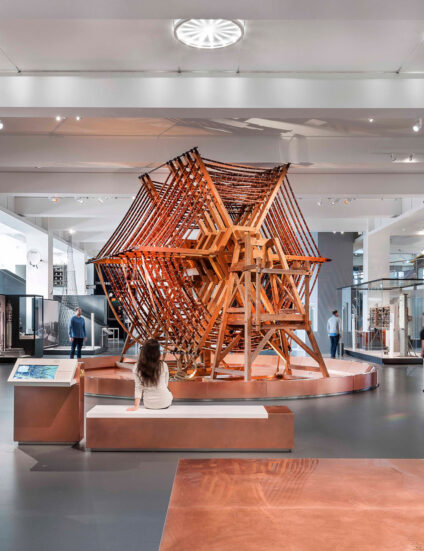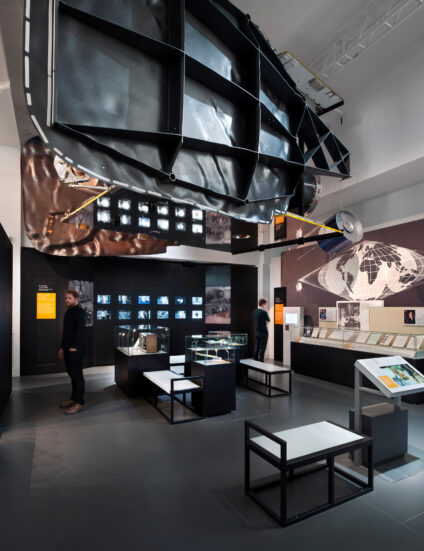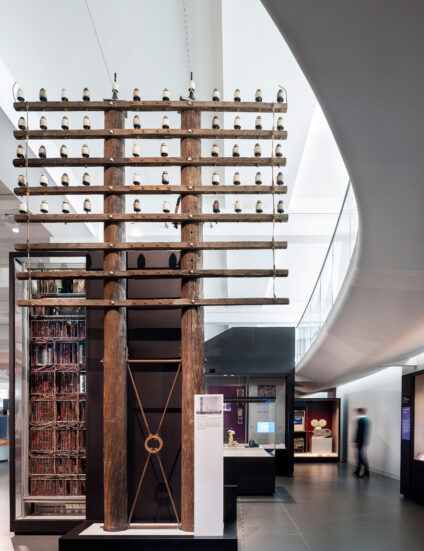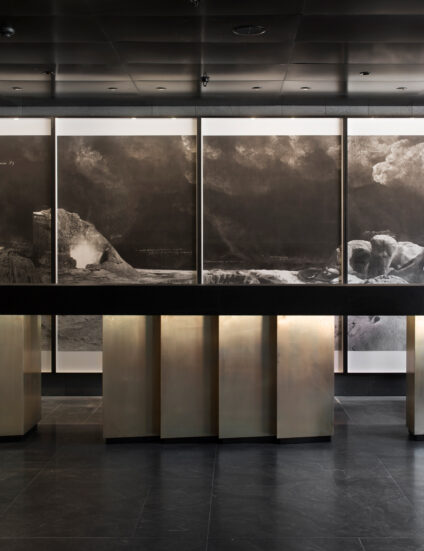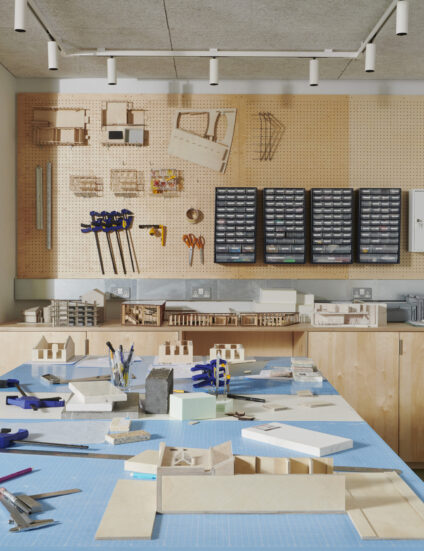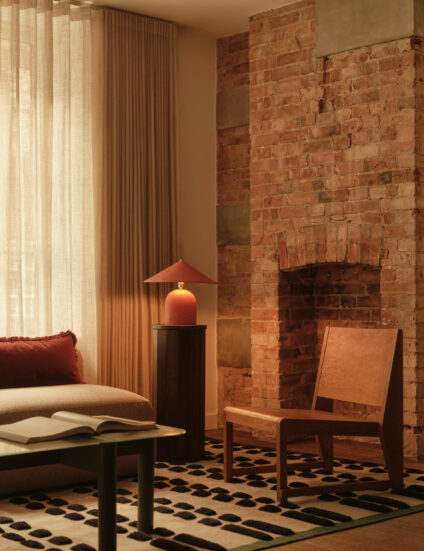PROJECT
Information Age
The first permanent museum gallery dedicated to the history of information and communication technologies
The Science Museum's largest ever gallery, opened by Her Majesty the Queen
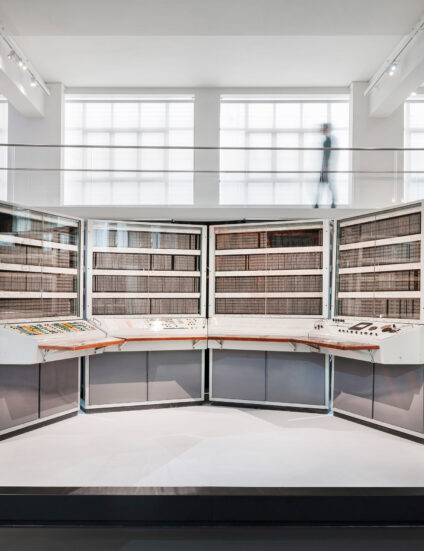
"Creating those little moments in a vast, vast story is the only way you can design an exhibition space like this. ”
— Julia Pitts, Exhibition Project Lead
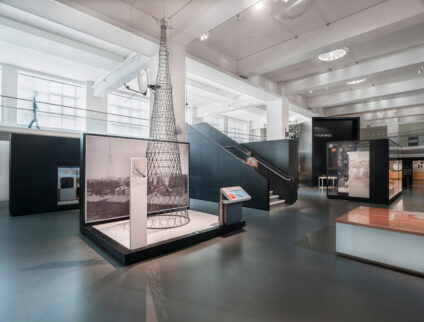
“It is a pleasure to open the Information Age exhibition today at the @ScienceMuseum and I hope people will enjoy visiting. Elizabeth R." —HRH Queen Elizabeth II's first-ever tweet, sent from the opening of the Information Age Gallery
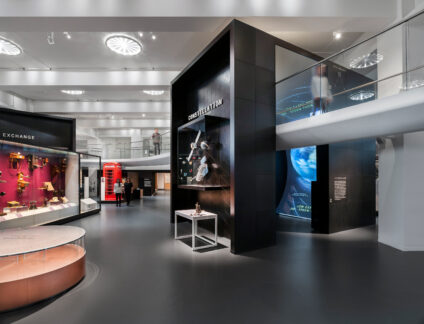
"Fundamentally, this is a gallery about incredible objects, people and stories. The format of the gallery plays a supporting role to these awe-inspiring exhibits. We hope visitors will enjoy experiencing the gallery through the space we have designed." — Nick Rolls, Creative Director at Universal Design Studio
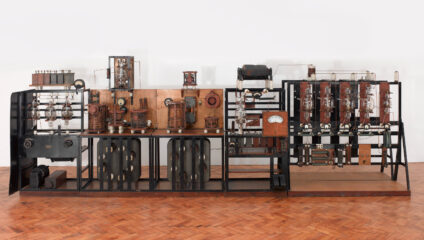
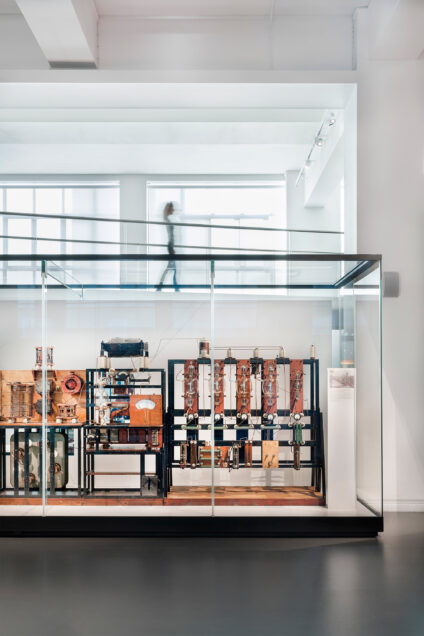
"We tried to make it a really physical experience to counter the intangibility and invisibility of information theory." — Jason Holley, Universal Design Studio
